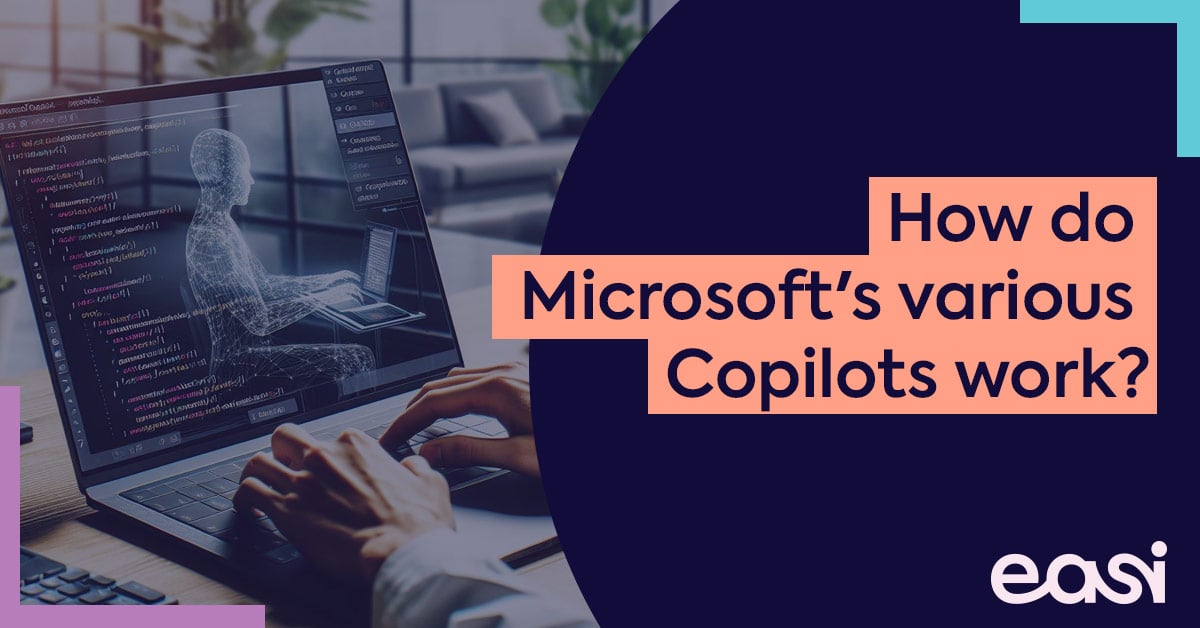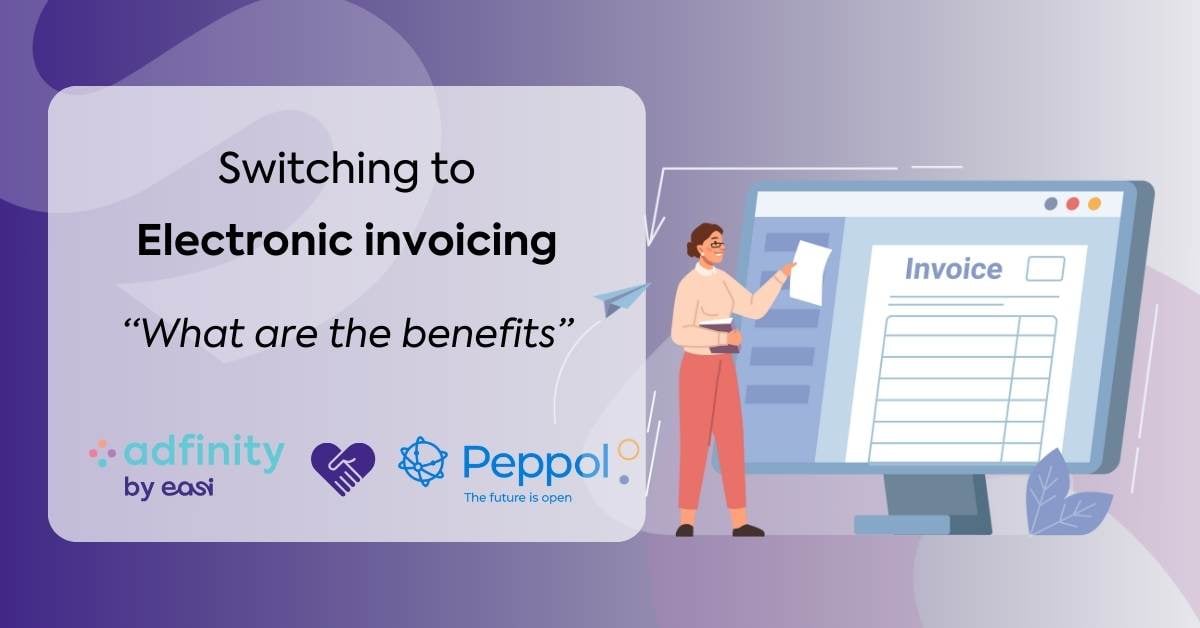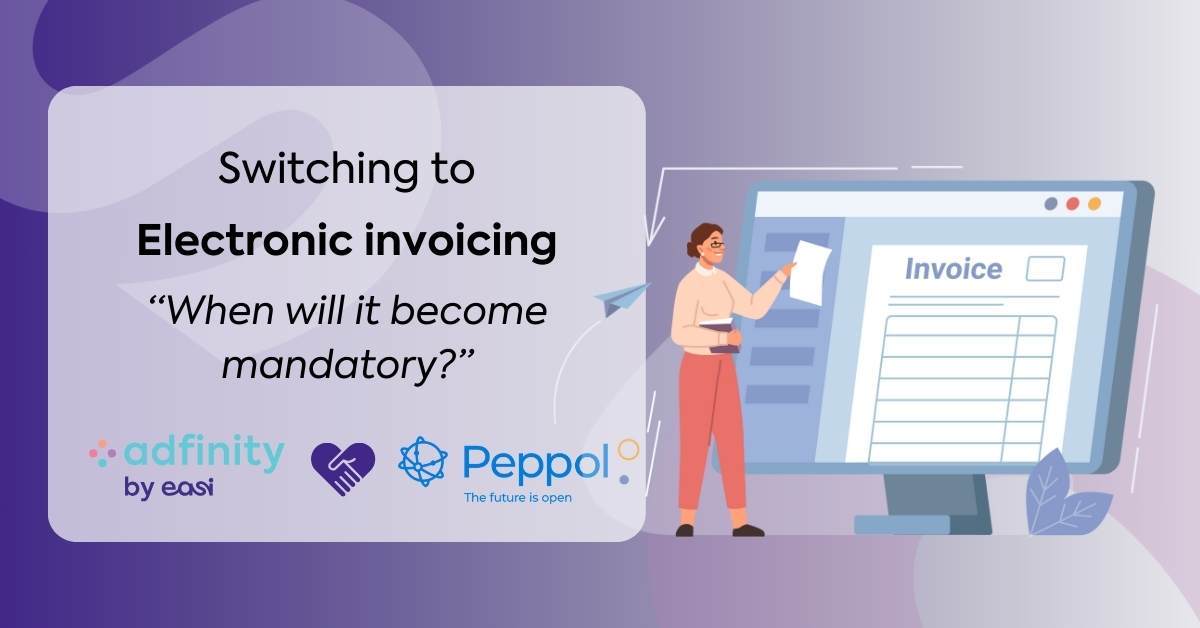On 25 October 2016, Agoria held its first "Digital Workplace Convention", devoted to the digitisation of documents, content and knowledge. The aim? To increase collaboration between employees, but also with customers and external partners.
More than 20 speakers addressed the conference. I noted the following 3 questions/answers of interest.
Why embark on e-invoicing now?
Firstly, for reasons of cost. All the studies agree that the administrative workload and therefore the costs associated with electronic processing are reducing all the time.
Secondly, there is no denying it, external pressure is beginning to be felt more and more. One example is the European directive EU2014/55/EU under which public authorities are obliged to receive invoices electronically with effect from 2018. In practice, Flanders is ahead of the process … and more prescriptive. With effect from 2017, if you want to work with Dutch-speaking public authorities (B2G), you will have to issue e-invoices...
And finally, the time is right. The market has matured in recent months. The solutions are increasingly affordable and increasingly well developed.
What are the challenges?
There are currently too many platforms to which you have to connect – often with different logins. It is too cumbersome!
There is, therefore, a clear need for uniformity.
Moreover, the process is over-complicated. Electronic invoicing is currently often conducted through a simple exchange of emails, which in most cases are then printed out!!!
There is, therefore, a need to revise procedures and change habits.
And finally, the costs are too high, justified mainly by the low volume and need for personalised integration.
There is, therefore, a need for standardisation.
What is Peppol? The solution?
There are currently two types of electronic invoicing: on the one hand electronic invoices sent by email and on the other, GENUINE integrated electronic invoicing, sometimes referred to as ‘pure electronic invoicing’. In this latter case, structured information is attached to the image of the invoice. This structured information, which follows a defined, fixed format, enables the invoice to be processed automatically in your administrative system.
Peppol is a standard for the electronic exchange of documents which covers both the document to be provided (structure, format, etc.) and the communication means to be used.
Its main aim is to enable the exchange of electronic documents using a standard means of communication and format. The result is greater uniformity and a reduction in integration costs (personalised integration is no longer necessary).
For further information please go to
- the official website: www.peppol.eu
- the experts Agoria: www.agoria.be




